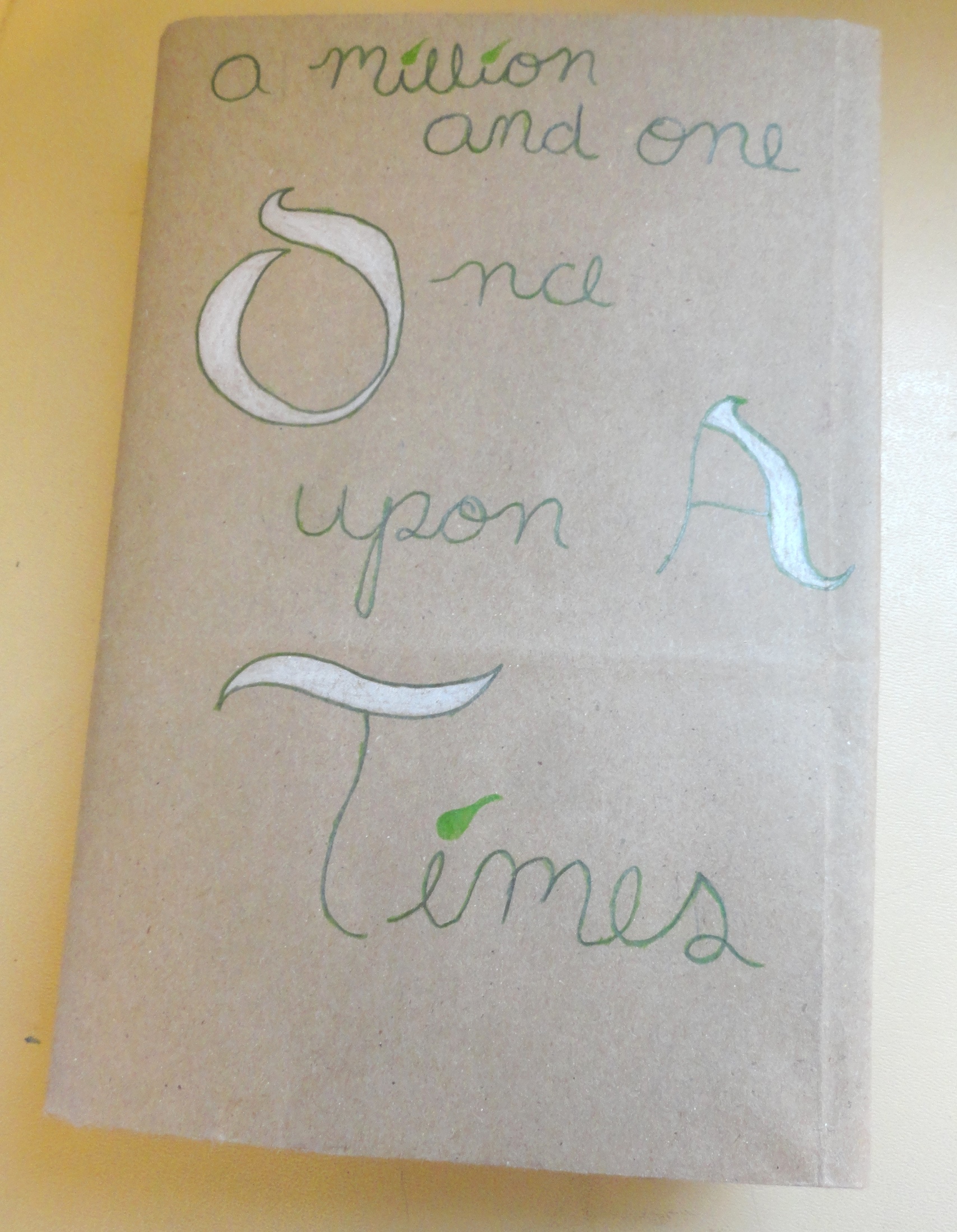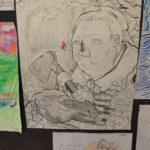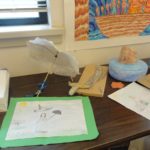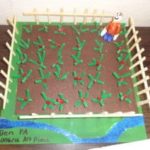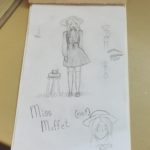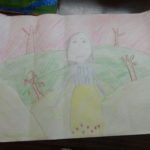 To truly embody a character asks the actor to see and experience the world from that character’s perspective. Discovering our connection to character takes detective work, personal reflection and mainly, an embracing of the journey.
To truly embody a character asks the actor to see and experience the world from that character’s perspective. Discovering our connection to character takes detective work, personal reflection and mainly, an embracing of the journey.
Aside from the spontaneous discoveries within rehearsal, an additional method of creating character is the “Character Monologue” project. For this process, we stretch our intellectual and imaginative muscles! As with any theatrical enterprise, the first step is to read the ENTIRE script including songs to discover context: situation, time and place, character facts and relationships. We search for our chosen character’s goals and dreams, as well as conflicts and issues. Once identified, the actor’s work is to connect to the driving emotional force of the character that demands urgent immediate action. Once in a rehearsal context, the performer seeks to let the character be expressed from inside to out. This occurs by interacting with other characters, engaging our imagination while allowing some degree of vulnerability.
 Yet, what happens if in the script or libretto there are not enough details regarding the character’s journey? For many of us, this is the reality – the script does not elaborate enough for us to feel like we have a platform to launch from. In the character project, we have opportunity to create our own character’s backstory, family origins, desperate needs and formidable conflicts. Given this freedom, we seek in our created journey to allow the character to struggle achieving their goals. In life, we want everything easily achievable. Ironically, in theatre, we want just the opposite. We foster conflict. The journey must be difficult, the obstacles formidable.
Yet, what happens if in the script or libretto there are not enough details regarding the character’s journey? For many of us, this is the reality – the script does not elaborate enough for us to feel like we have a platform to launch from. In the character project, we have opportunity to create our own character’s backstory, family origins, desperate needs and formidable conflicts. Given this freedom, we seek in our created journey to allow the character to struggle achieving their goals. In life, we want everything easily achievable. Ironically, in theatre, we want just the opposite. We foster conflict. The journey must be difficult, the obstacles formidable.
Project Elements
Character Monologue. These are written in first person from the character’s point of view, and should include characters and events from the play. For the monologue, students are asked to cleverly include the character’s name, age, societal position, and family. They are encouraged to describe their character’s key core values and attitudes, and what is most important to them. The monologue should detail struggles and issues of importance. It will hopefully describe crucial onstage character relationships.
 Students are asked to consider writing this as a memoir, events that already happened, so they can add perspective on the full journey of the play. In creating the monologue, the writer asks, “Why write this? Who is the intended audience? What legacy is being established or left? In the journey of narrated events, what lesson about life does this character want desperately to share?”
Students are asked to consider writing this as a memoir, events that already happened, so they can add perspective on the full journey of the play. In creating the monologue, the writer asks, “Why write this? Who is the intended audience? What legacy is being established or left? In the journey of narrated events, what lesson about life does this character want desperately to share?”
In the revision and tinkering of the writing, we play with craft, keeping an eye on the organization of ideas, seeking to grab the attention of the reader from the outset with perhaps a surprising perspective, a haunting vulnerability, or a burning question or confrontation. Good writers know that the piece is not simply a summary of events that transpired, but an offering of perspectives on those events, quandaries that may not resolve, revolts, furies, confusions and even ironic contradictions. We also know we must creatively transition between ideas. In real life dialogue, we skip around in subject focus; we advance and regress, begin a thought, then suddenly tangent to something new. In this writing, we monitor our movement of ideas, making sure to keep the reader connected to our thread of exploration. We close the piece with some sense of thematic intent, knowing in this final moment, the character has the opportunity to leave us with something perhaps thoughtful or threatening, optimistic or direly distraught. We avoid the “got to go, and goodbye…” temptation.
 Artistic Representation. Students are asked to create an artistic representation of either their character or some aspect of their character’s life; the art piece need not be a self-portrait. Performers are encouraged to consider place (setting), object (something of importance to character) or mood (interpretive or representational art). Build it, paint it, glue it. Collages are a worthy approach, downloading or extracting pictures, symbols and images from attributed sources, along with original captions, words, our own drawings and even scrawlings. The invitation is to create something original about our chosen character.
Artistic Representation. Students are asked to create an artistic representation of either their character or some aspect of their character’s life; the art piece need not be a self-portrait. Performers are encouraged to consider place (setting), object (something of importance to character) or mood (interpretive or representational art). Build it, paint it, glue it. Collages are a worthy approach, downloading or extracting pictures, symbols and images from attributed sources, along with original captions, words, our own drawings and even scrawlings. The invitation is to create something original about our chosen character.
Finally, there is the art writing, a written explanation that fully describes the artistic representation, not in what materials were used, but more so about the interpretation and connection to the character and the play.
 Creating a character is an incredibly exciting, fluid, and dynamic process. The Character Project is simply one aspect of a complex journey. Once the project is completed, the challenge is that we do not rely on our own formulations, no matter how brilliant, but understand it is in community with other performers that the true formation of our character occurs. Our discoveries and unpeeling of the layers of our created persona continues through the last performance.
Creating a character is an incredibly exciting, fluid, and dynamic process. The Character Project is simply one aspect of a complex journey. Once the project is completed, the challenge is that we do not rely on our own formulations, no matter how brilliant, but understand it is in community with other performers that the true formation of our character occurs. Our discoveries and unpeeling of the layers of our created persona continues through the last performance.
– By Sampad Kachuck, Director of Performing Arts
####
Contact: Leigh Ann Clifton, Director of Marketing & Communications,
Nestled among the redwoods on 355 acres, Mount Madonna School (MMS) is a community of learners dedicated to creative, intellectual, and ethical growth. MMS supports its students in becoming caring, self-aware, discerning and articulate individuals; and believe a fulfilling life includes personal accomplishments, meaningful relationships and service to society. The CAIS and WASC accredited program emphasizes academic excellence, creative self-expression and positive character development. Located on Summit Road between Gilroy and Watsonville. Founded in 1979.

